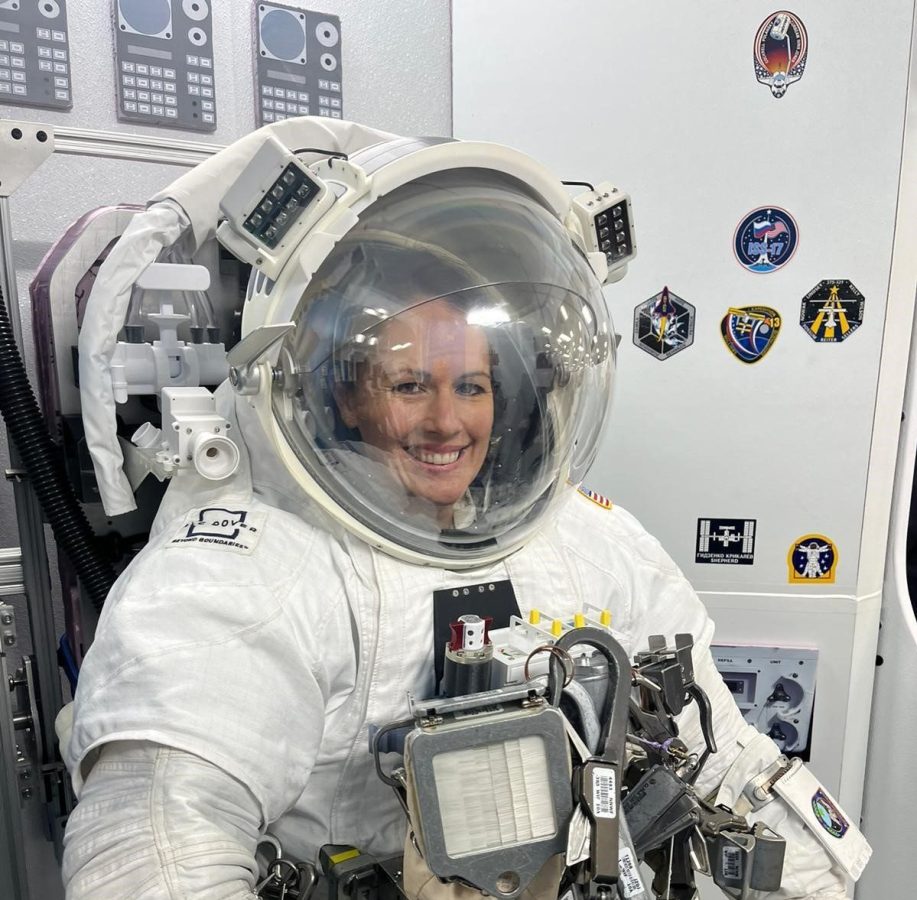‘Shift happens’, writes Paul Zahra, Chief Executive Officer of the Australian Retailers Association, but are retailers doing enough to keep ahead of changes in the industry?

When I first watched Star Wars, the premise of R2-D2 projecting a hologram of Princess Leia’s plea for help was firmly cemented in a dystopian future.
That was until I attended the National Retailers Federation’s Big Retail Show in New York last month and was greeted by a hologram of NRF President and CEO Matthew Shay.
Science fiction is becoming science fact.
And my brief encounter with a hologram only scrapes the surface of the technological marvel that was on display.
The latest smartphone, electronic watch or home-tech generally dominates next-generation discourse – but the changes on the horizon in retail are equally fascinating.
And it’s a matter of when – not if – they arrive in Australia.
Throughout the course of New York’s retail extravaganza, there are two key themes that retailers must embrace; high tech and high touch.
A hybrid offering encompassing genuine human interaction and the use of innovative technology to ensure a seamless shopping experience will yield the most success.

In New York, virtual fitting rooms were the talk of the town.
Imagine going to the stores and being able to try on clothes to pinpoint measurement accuracy without having to get undressed.
There’s nothing worse than ordering that perfect pair of jeans and being left deflated when you discover the waistline is tighter than expected.
Technology has the solution.
And it’s not a distant pipedream either. This technology is already being put to work by Swedish fashion retailer H&M Group across several stores in the US.
Academic research has consistently found consumers want to engage in smart retail technology if it expedites the shopping experience. And Australia is making strides towards this transformation.
SocialQ is currently working with Australian retailers like The Athletes Foot, Kmart and Target to provide solutions for ‘virtual queuing’.
No waiting, no stress, no lines, customers can simply join a virtual queue and continue to wander the store, until it’s their turn to speak to a team member.
The creation of autonomous supermarkets is another emerging trend abroad, and even in 2023 it seems ahead of its time.
These self-sufficient stores use a combination of sensors, computer vision, artificial intelligence, and robots to effectively restock shelves, handle payments, recognise customers and allocate resources.

For the small cult following of the 2004 flick I, Robot, who subscribe to the belief that robots will one day become sentient – this may be a terrifying proposition.
There will always be traditionalists who prefer the tried-and-tested approach to the retail shopping experience and that’s understandable.
Luke Skywalker himself proved to be a traditionalist, turning off his autopilot during the traversal of Star Wars’ Death Star trench in favour of human – or jedi – intuition.
Buoying the traditionalist standpoint is the philosophy that shoppers are seeking emotional connection.
Research by Euromonitor International suggests that the level of ‘intrusiveness’ associated with technology will become a barrier to adopt and use and will distract from the store experience. Consumers are happy to purchase online with technology and use it to expedite their transaction, but they get ‘less comfortable’ when technology ‘intrudes’ into services.
But there’s nothing wrong with having options, and consumers have plenty of reason to be excited.
“A hybrid offering encompassing genuine human interaction and the use of innovative technology to ensure a seamless shopping experience will yield the most success.”
– Paul Zahra, Chief Executive Officer of the Australian Retailers Association
Injecting emotional connection into technological developments will be a challenge for retailers throughout the 21st century.
It will require significant investment from owners and operators – but the potential returns are extremely promising.
It can’t be understated that robotics could play an important role in filling labour shortages.
The scale of the labour shortage crisis impacting retail continues to worsen with the latest figures from the Australian Bureau of Statistics showing almost 50,000 vacancies across the retail sector.
Retail recorded the biggest increase in job vacancies of all industries, accelerating the trend we saw throughout much of 2022.
It leads to staff finding themselves overworked and burnt out, and shoppers languishing in longer queues. With longer waiting times, shoppers become impatient, and the risk of antisocial behaviour increases.
These consequences can be alleviated with the support of technology, and it serves as a compelling case that retailers must welcome innovation with open arms.
Unison is the key, and it will be a precarious balancing act for retailers to satisfy both traditional consumers and the tech-savvy.
Sometimes, “shift happens”. And we must take it in our stride.
Paul Zahra is Chief Executive Officer of the Australian Retailers Association.


